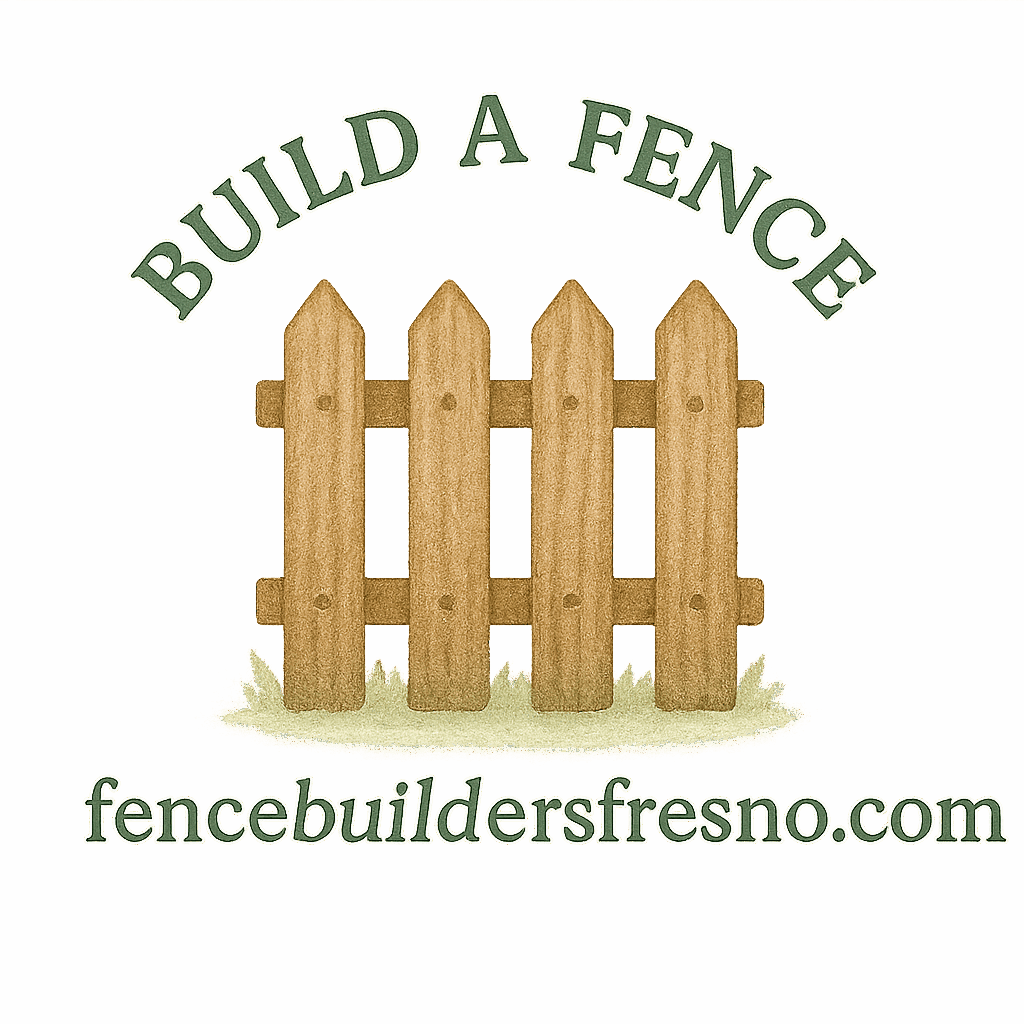Introduction: Why Eco-Friendly Fencing Matters
If you’re thinking about building a new fence, you’ve probably asked yourself: What’s the best material for my yard and budget? But here’s another important question—what’s the best choice for the planet? Eco-friendly fencing is no longer a niche trend; it’s becoming a mainstream choice for homeowners who want a durable, attractive fence that doesn’t harm the environment.
Whether you’re planning a DIY fence project or just curious about greener alternatives, choosing sustainable materials can make a huge difference. Not only does it reduce your environmental footprint, but it also often saves you money in the long run.
To start your project on the right track, check out these fence building basics before diving into materials.
What Makes a Fencing Material Eco-Friendly?
Sustainability Factor
A material is sustainable if it comes from renewable resources or doesn’t deplete natural ecosystems. For example, bamboo grows back incredibly fast, making it an excellent eco-friendly choice.
Recyclability and Reuse
Some fencing options, like reclaimed wood or recycled steel, give new life to old materials, keeping waste out of landfills. Learn more about different fence types and comparisons to find the right eco-friendly option.
Low Maintenance and Durability
Eco-friendly doesn’t just mean natural—it also means long-lasting. Materials that require fewer chemical treatments and replacements are better for the planet. For practical upkeep tips, see these fence maintenance and repair guides.

Benefits of Eco-Friendly DIY Fencing
Environmental Impact
Green materials lower carbon emissions, reduce waste, and help preserve forests and natural habitats.
Cost-Effectiveness Over Time
While some eco-friendly materials may cost more upfront, they last longer and need less maintenance—saving you money.
Boosting Property Value
Eco-conscious buyers love sustainable upgrades. Installing a green fence can increase curb appeal and resale value. If you’re considering upgrades, here’s a helpful overview of fence design and planning.
12 Eco-Friendly Materials for DIY Fencing Planning
1. Bamboo Fencing
Bamboo is a superstar in eco-friendly fencing. It grows fast—up to three feet a day—and it’s strong enough to rival hardwood. Bamboo fences look stylish, offering a natural and exotic vibe. Plus, it’s lightweight, making it a great DIY option. For more design inspiration, see our guide on decorative fencing ideas.
2. Reclaimed Wood
Why cut down new trees when old wood still has plenty of life? Reclaimed wood fencing not only reduces waste but also adds a rustic, charming look. It’s ideal for farmhouse-style yards and can be treated naturally for longevity. Learn more about wood fence care to keep it strong for years.
3. Composite Fencing
Made from a blend of recycled plastic and wood fibers, composite fencing is durable, low-maintenance, and resistant to rot. It combines the best of both worlds—strength and sustainability.
4. Recycled Plastic Fencing
Think plastic is bad? Not when it’s recycled! Recycled plastic fencing keeps tons of waste out of landfills. It’s weatherproof, doesn’t rot, and comes in various styles—from picket to privacy fences. Explore more on durable fencing options.
5. Living Fences (Hedges and Green Walls)
Instead of building a solid wall, why not grow one? Living fences made from hedges, shrubs, or climbing plants create natural barriers that improve air quality, attract pollinators, and provide privacy.
6. Metal Fences Made from Recycled Steel or Aluminum
Metal is highly recyclable. Fences made from recycled steel or aluminum are incredibly durable and can last decades. They’re ideal if you want something strong yet sustainable.
7. Cork Panels
Cork isn’t just for wine bottles—it’s renewable, lightweight, and naturally resistant to pests. Cork fencing panels are stylish, biodegradable, and perfect for modern eco-conscious homeowners.
8. Hempcrete Fencing
Hempcrete, made from hemp fibers and lime, is sustainable and surprisingly strong. It’s fire-resistant, pest-resistant, and has great insulation properties—ideal for eco-friendly walls and fences.
9. Straw Bale Fence
Yes, straw bales can be used for fencing! They’re biodegradable, affordable, and eco-friendly. While not as durable as metal or wood, they work well for temporary or garden fences.
10. Chain-Link with Recycled Coatings
Traditional chain-link fences aren’t eco-friendly, but with recycled steel and eco-friendly powder coatings, they can be a greener choice. They’re strong, affordable, and easy to install.
11. Stone or Rock Fencing
Natural stone is as sustainable as it gets. It lasts for centuries, requires no chemicals, and blends beautifully into landscapes. A DIY rock wall can be a rewarding, long-term project.
12. Upcycled Pallet Fencing
Got old pallets lying around? Turn them into fences! Upcycling pallets is budget-friendly and keeps wood waste out of landfills. For tips on DIY fencing projects, pallets are one of the most creative choices.
DIY Planning Tips for Eco-Friendly Fences
Measuring and Planning Property Lines
Always confirm property boundaries before building. Misplacing a fence can lead to disputes with neighbors. Read more about property lines and fencing laws.
Tools and Techniques for Green Building
Use manual tools when possible to reduce carbon emissions. Also, opt for natural treatments like linseed oil instead of harsh chemicals.
Balancing Aesthetics and Functionality
Eco-friendly doesn’t mean boring. Mix materials like bamboo and recycled steel to create a stylish yet sustainable fence.
Legal and Property Considerations
Avoiding Fence Encroachment
Know your property lines! Building on someone else’s land can lead to legal disputes. See more on fence encroachment issues.
Neighborhood Guidelines and Permits
Check with local councils or HOAs before starting your project. Some areas restrict fence height or materials. You can also learn about legal property considerations before installation.
Maintenance Tips for Eco-Friendly Fences
Natural Treatments for Longevity
Use eco-friendly oils and stains to protect wood fences. Avoid chemical-heavy sealants.
Repairing vs. Replacing Parts
Repairing a damaged section is more sustainable than replacing the entire fence. For advice, see these fence upkeep tips.
Common Mistakes to Avoid in DIY Eco-Friendly Fencing
Ignoring Soil Conditions
Poor soil drainage can weaken fence posts. Use gravel or eco-friendly concrete alternatives for stability.
Overlooking Durability vs. Sustainability Balance
Not all green materials are long-lasting. Choose a material that balances eco-friendliness with durability.
Future of Eco-Friendly Fencing
Smart Fences with Sustainable Materials
Imagine fences with solar-powered lights or sensors—made from bamboo or recycled plastic. That’s the future!
Integration with Renewable Energy
Eco-friendly fences may soon double as solar panel structures or vertical gardens.
Conclusion
Eco-friendly fencing isn’t just about saving the planet—it’s about creating something beautiful, durable, and cost-effective for your home. With options like bamboo, reclaimed wood, and recycled plastic, you can build a fence that matches your style and values.
By planning carefully, respecting property laws, and maintaining your fence with natural treatments, your DIY eco-friendly fencing project can last for years while keeping your footprint green. Explore more resources in our fence guide to get started today.
FAQs
What is the cheapest eco-friendly fencing material?
Upcycled pallet fencing and straw bales are among the most budget-friendly options.
Can I build a bamboo fence myself?
Yes! Bamboo fencing is lightweight and relatively easy for DIY projects. Check out this DIY fencing guide.
Are recycled plastic fences durable?
Absolutely—they resist rot, pests, and harsh weather, lasting for decades.
How do I maintain reclaimed wood fencing?
Use natural oils or eco-friendly sealants to protect it from moisture and pests. Learn more about wood fence care.
Do eco-friendly fences increase home value?
Yes, sustainable upgrades often boost curb appeal and attract eco-conscious buyers.
Which eco-friendly fence is best for privacy?
Living fences (hedges) and bamboo fences are excellent privacy solutions.
Can I mix eco-friendly materials in one fence design?
Of course! Combining materials like stone and bamboo creates unique, sustainable designs.


